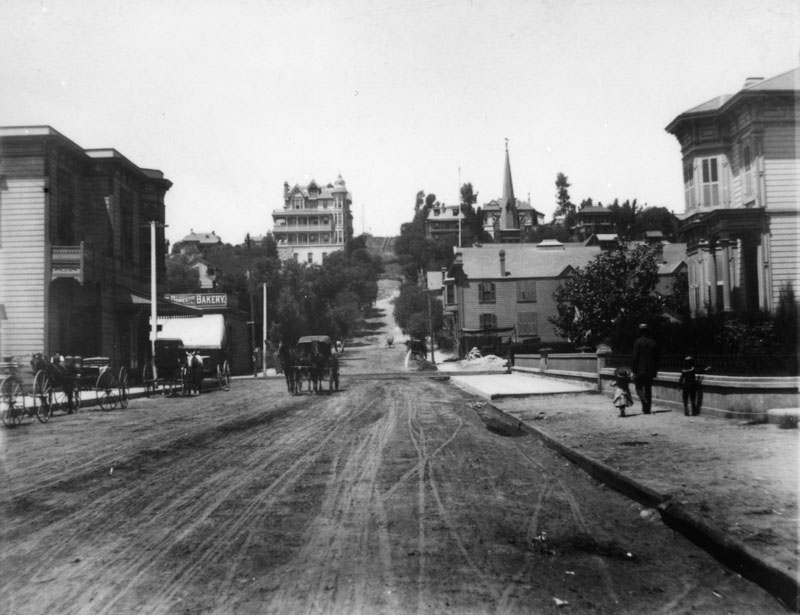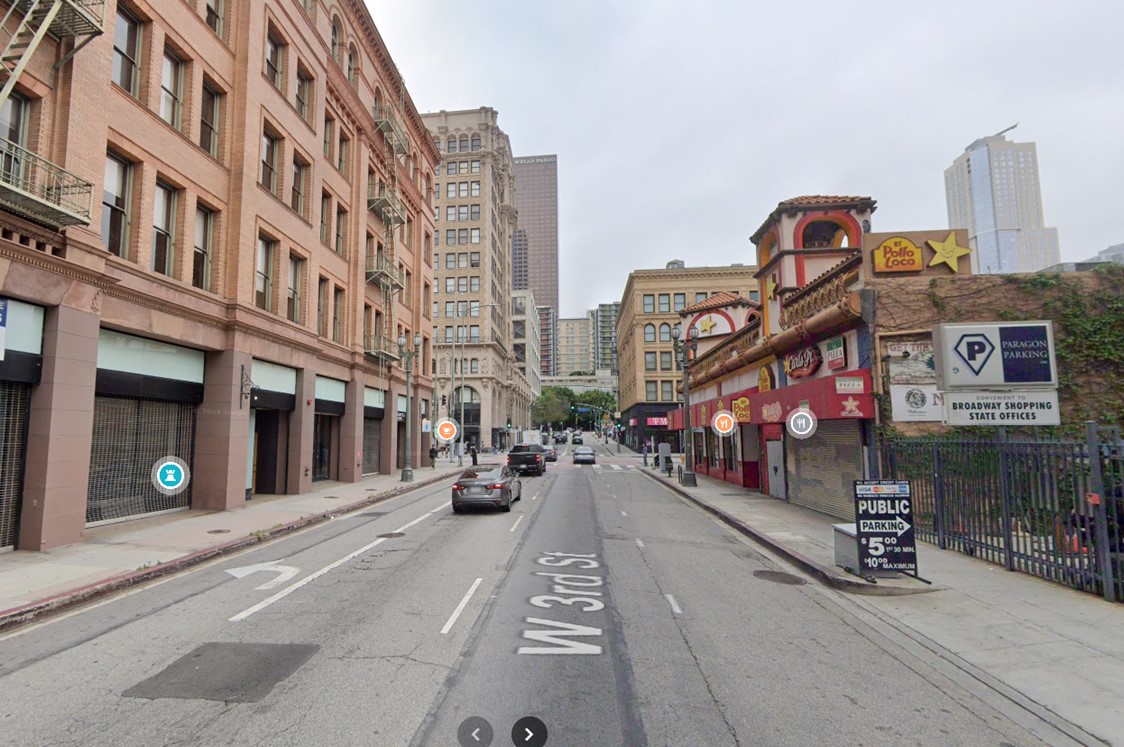TL;DR -- Recap of, at least, 20 years. Actually, it's more. GenAI rests on a foundation that goes back to the 1950s, and before.
---
Getting involved for several reasons in things that have been there but were not active. So, what happened? Things come and go. Focus goes from one thing to another. Wait long enough, and the cycle brings things back.
Not talking me, as I multitask, anyway, and, for the most part, pay attention to status as well as state of affairs, and being.
AIn't is a hot topic. Okay, again? Now, I want to talk about tAIn't which is the state of affairs with regard to GenAI's influence on the world for over 18 months now. Too, an old colleague has a new thing going which I'm paying attention to and supporting.
So, a recap as a point in time event.
- Summary of writings -- This was first written a few years ago, in order to have something to push up to academia[.]edu which publishes on-line material as well as supports discussion. It starts from when I retired and covers blogs, which are referenced in the following. It also includes information about the work with TGS, Inc. (the sponsor of this blog). This summary will be updated regularly.
- AI, more than ML -- This effort started in 2023 when I found out about ChatGPT about two months after the rest of the world. Would you believe that I was comfortable working my "truth engineering" aspects and not paying attention? Would you also consider that after I stopped to see what the hype was about, I thought: they crapped on the world and people are eating it up? Well, I made a comment on Linkedin and got in contact with my old boss at Sperry. He was head of development and quite knowledgeable about the topic as well as having major experiences in computation since its beginning. After some interchange to catch up, we put out a few articles and have more on the way. For me, "truth engineering" is the focus which needs to be explained in more details. That is in the works.
7'oops7 -- The link goes the second post that was published in 2007. This was the second blog that I started and covered issues related to complex systems. Early on, the focus was the Boeing 787. Later, the focus spread out to finance and other areas where we see failures and consequencees of these on a regular basis. Speaking of which, we're on the verge of similar disturbances which will cover lots of parts of life formerly not bothered, so much. I referenced the partner blog in the last bullet. So, after I found out about Gen AI, I took the time to reevaluate all that I knew, diving deep into the mathematics. So, people, we're see a chimera whose consequences may be more dire than we might want. But, who can foretell the future? Science cannot. At best, it proposes some results that can be analyzed in the sense of determining pass or fail for an experiment. On the other hand, we can show where things go awry and intend to demonstrate this. It'll take some time.
Einstein Experiment
So, those three bullets go a logn way. The "Summary ... " points to a lot. Now, we'll be going forward. This post will be kept updated as we go along. I am studying my notes that are not digitized. Or, it maay have been in digital format at one time but we don't have a copy.
There is a lot of work that show results but which does not have the documentation that goes with an acadeemic study. So, since I know specifics to discuss, I'll write up general aspects that apply to the current situation.
Or, old age will slow me down.









